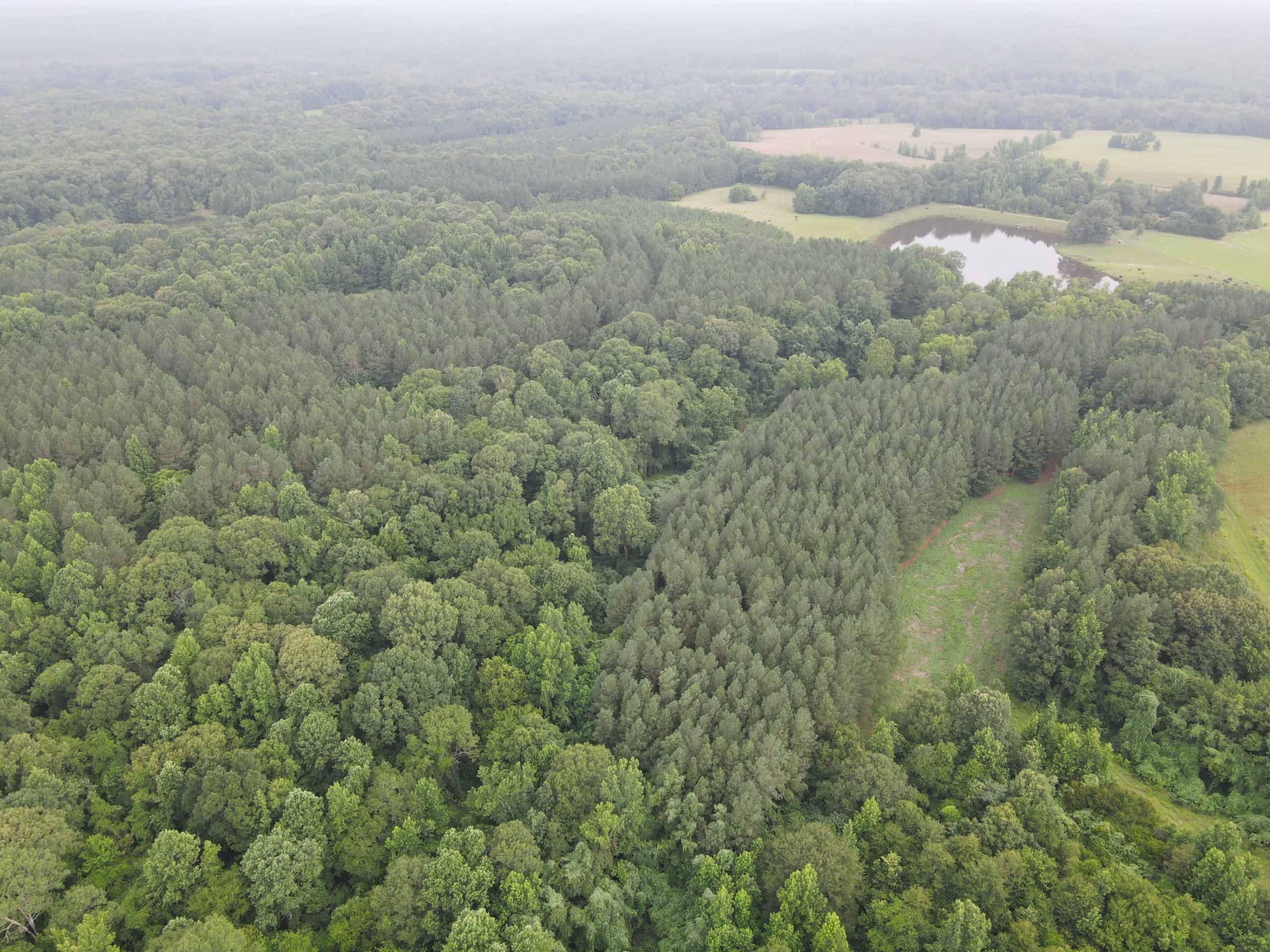For many people, late summer is just a necessary evil that we must endure. The upside is it means fall is just around the corner. However, just because most of us don’t enjoy the dog days of summer, doesn’t mean there isn’t plenty of work to be done. Landowners and managers should check various habitat components every season of the year, and late summer is no exception.
Thermal Cover: Late summer is a great time to identify deficiencies in thermal cover, and in the case of summer, we mean shady spots with adequate airflow. Plum, dogwood, or other native shrub thickets on hilltops or side slopes are ideal for both deer and game birds. If game birds like quail are your target species, summer is the time to take a peek into some of your thickets to make sure there is bare ground under the shrub canopy, as sometimes would-be quality thickets lose their functionality due to the encroachment of non-native cool-season grasses. If cool-season grasses are observed, make plans to spray in the fall after the shrubs have gone dormant.
Rank Warm Season Grasses: Check your CRP fields, old fields, native prairies, and any other warm-season grass plantings. Plantings used for screening should be tall enough to function as the screen they were designed for, but whole fields of warm-season grasses often become too thick to provide much use. Turkeys will not forage in 6-foot tall grass stands because of the excessive height and often the lack of bugs due to the lack of forbs (weeds). Instead, turkeys prefer diverse, forb stands with a height between knee and hip-high so they can see danger and pick bugs from the forbs. Additionally, deer will not utilize rank grass stands for bedding until winter, so you do not need all of your grass plantings to be tall and rank for just a few months of bedding cover, particularly if you want to manage other species in addition beyond just deer. Game birds like quail and pheasants will utilize tall grass stands, but not rank stands, as rank stands do not provide enough maneuverability and lack forbs for bug attraction. If you observe excessive rank stands make plans to correct the problem for the following summer; prescribed fire in the fall, winter or spring, strip discing, or strip spraying are all viable techniques.
Timber Cover: If you can enter your timbered areas in late summer and still see 50 yards or more, you most certainly will be lacking adequate deer cover for fall and winter. Although it is hot outside, adding cover within timber can be remedied fairly quickly. Just run one tank of chainsaw gas for a morning (usually about 45 minutes). Do some heavy cutting in small areas to create dense, thicket type habitat from the fallen treetops. You will be surprised how much of a difference you can make just doing this 3 or 4 mornings for the summer.
Timber Forage: As stated above, if your timber looks open once you are standing inside of it, even during leaf out, you likely have closed-canopy forest. This typically means you are lacking herbaceous growth on the forest floor. Make plans to conduct some forest stand improvement over the winter. Plan to remove enough trees to get some sunlight to the forest floor. This will stimulate the growth of various forbs and grasses, providing a significant improvement in deer forage and turkey brooding habitat.
Don’t let late summer heat distract you from habitat management planning and improvements. The wildlife doesn’t get any rest from the heat, why should we as their stewards.
Frank Loncarich and Kyle Hedges- Land & Legacy Consultants

